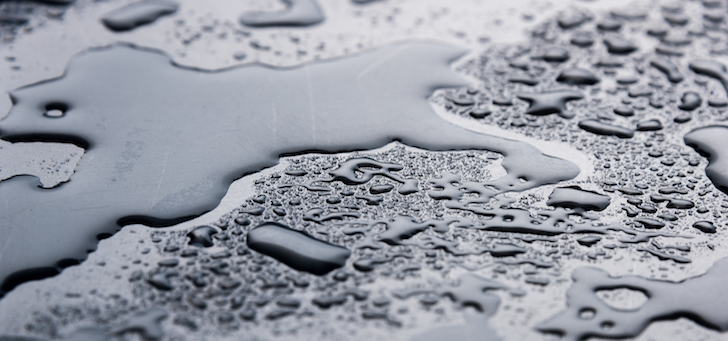Essential pool maintenance: detecting and managing leaks

Maintaining pools, whether they’re public or private, requires a great deal of care and attention… Got the impression that the water level’s dropping and that there could be a leak? Don’t panic: we’ll give you the maintenance advice to find it and sort out the problem!

Also discover how to choose a pool maintenance robot!
1/ Make sure that the pool is actually leaking
To begin, make sure that the falling water level is not due to evaporation or splashing.
- Fill a bucket;
- Place it on a step in the pool;
- Mark the level of water inside and out;
- Make sure that no one uses the pool for 24 hours.
If after a day the level of water in the pool is lower than that in the bucket, you’ve definitely got a leak.
2/ Find the location of the leak
- The leak is in the filter
The mostly likely place for the leak is the filter: the tank or pipe fitting may be cracked. To confirm, check the sewage pipes: is there a visible flow of water? If that’s the case, you can change the pipe fitting or filter yourself.
- The leak is in the pool
If the problem’s not coming from the filter, stop the filtration and let the pool ‘leak’ until the level of the water stops dropping: this will tell you at what level of the basin the leak is. Seal the skimmer, the discharge nozzles, the bottom drain and the broom hose plug by blocking them and check if the level of water continues to drop.
Pour a colored product into the water. The liquid will be sucked up at a precise point, which allows you to identify where the leak is. Once you’ve found the crack, you can fix it yourself.
- The leak is in the pipes
If you don’t find the leak in the pool, check the underground pipes if you can. There are two possible scenarios: either part of the pipework is crushed – or blocked – or a pipe fitting has been damaged (by corrosion, for instance). It’s easy to spot this phenomenon at outside pools at campsites or hotels, where an area of grass is wet or there’s subsidence nearby.
To solve this problem, a special sealant for pools may do the job. If the pool continues to leak, it’s time to call on a specialist’s know-how. They will conduct pressure tests, detect the leak through tracer gas or carry out a visual inspection with a camera.
3/ Improve the pool’s water-proofing
You haven’t found a leak in the filter, the pool or the pipes… The problem could be down to the water-proofing of the basin. Different techniques exist to resolve this, depending on what your pool is made of. You can repair the liner yourself with the help of a kit, but materials such as tiles, fiberglass shells or polyester require experts who will know how to proceed without damaging the pool or preventing access to it through major repair works.
Because prevention is better than cure, anticipate potential leaks! Discover the latest innovations in materials for pool maintenance at the next Piscine Global Europe trade show, where exhibitors will be happy to give you tailored advice according to the type of pool you offer – or would like to offer – to your customers.
Photo credit: Designed by fanjianhua / Freepik


